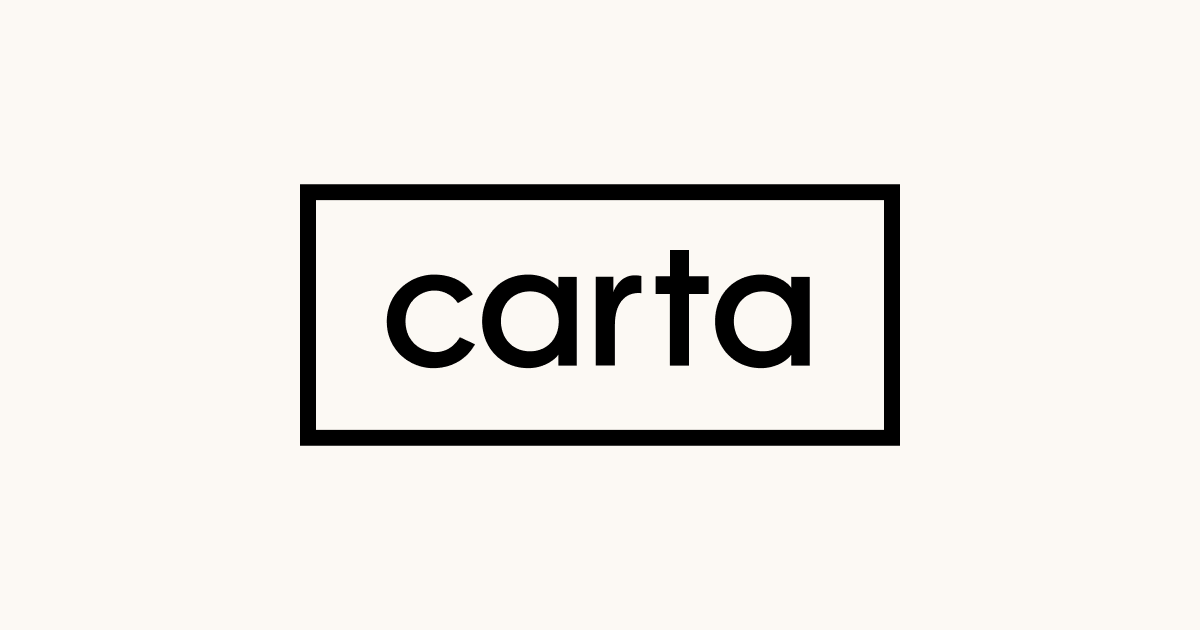Sunaina Seelam is the VP of Finance at Scoot Networks. After working in the automotive industry, shifting to the rental business model at Scoot was a new challenge. Scoot rents motorized scooters for easy and affordable transit around the San Francisco streets.
Carta: What does a typical day look like for you?
Sunaina Seelam: It consists of a bunch of varying activities. Even though I am VP of finance, there are a few other functions that roll up to me. We are still a pretty small company so people wear a lot of hats. HR and analytics are two other things that are part of my scope here. So on a typical day, my tasks range from figuring out what payroll is going to be to answering questions about our insurance to going over financial results with an investor or board member.
Carta: What were some of the challenges you faced when you first came to Scoot? And what about the challenges now?
Seelam: The first big project was to get the financials organized in a way that was meaningful and actionable. Before I came, Scoot didn’t have a dedicated finance resource. The three statements published by an outside accounting team weren’t organized in a way could help us make decisions. So, I spent a lot of time digging into the different types of expenses, categorizing them properly, and structuring the P&L in a more informative way.
After establishing more meaningful historical financials, I needed to build out the financial model and projections.
So now the biggest challenge is thinking about where we want to be in the next year. Along with that, I need to figure out what is the best fitting Enterprise Resource Planning and forecasting tool for us. I hope to start evaluating different vendors so we can have an integrated system for purchase orders, managing inventory and payment to incorporate that into our projections.
Carta: How is finance connected to the rest of your business?
Seelam: It’s very intimately connected. We base a lot of decisions on the expected financial benefit. Finance affects our decision around suppliers and pricing. For example, we are trying to lower the cost of our spare parts. To do that, we will look at how much the part costs from our vendor right now as compared to an alternative. But the alternative comes with a tooling expense, so we have to think “what is the payback period?”
If we are trying to change pricing we will gather a lot of historical data about demand at different price levels to make the decision. Dollars are important at every step. We try to evaluate things using quantitative data, but of course, not everything can be done that way; some decisions are based more on qualitative strategy or intuition.
Carta: What has been one of the biggest things you have had to learn while working at Scoot?
Seelam: I think there are a couple areas that I wasn’t too familiar with in my past roles but are more important here. One is business insurance. I have had to source and evaluate policies for various insurance types including fleet and workers comp. Insurance is a complex and multi-faceted sector so I’ve really had to spend a lot of time getting up to speed.
Aside from that, just the idea of a rental business is new to me; having a fixed set of assets and having to figure out how to get the maximum utilization of those assets. That is very different from my previous company where we had one product to sell. Once the sale was over it was done; we didn’t have to worry about repeat usage. Of course getting the same customer to return was great, but the life cycle was much longer since the product was cars.
Carta: What are the biggest issues with your cap table now?
Seelam: One of the things that can be difficult is that anytime there is a change to the cap table – like an employee decides to exercise their options – there is a little bit of a turnaround time. I have to email our lawyers and ask for an updated cap table. Errors haven’t been a huge issue for right now but traditional cap tables aren’t super dynamic. It is difficult to run pro formas or modeling.
Carta: What part of your job do you love?
Seelam: The part that makes me the most satisfied is when information is very clean, reliable, and helps to solve problems or make decisions. I spend a lot of time categorizing financials, so when I can pull data and it’s ready to use for analysis without much cleanup, I am happy.
Carta: How would you explain a CFO to a child?
Seelam: The person who pays the bills.
Carta: What is one piece of advice for incoming CFOs of a startup?
Seelam: Don’t be afraid to get down into the details. In fact, embrace it.
